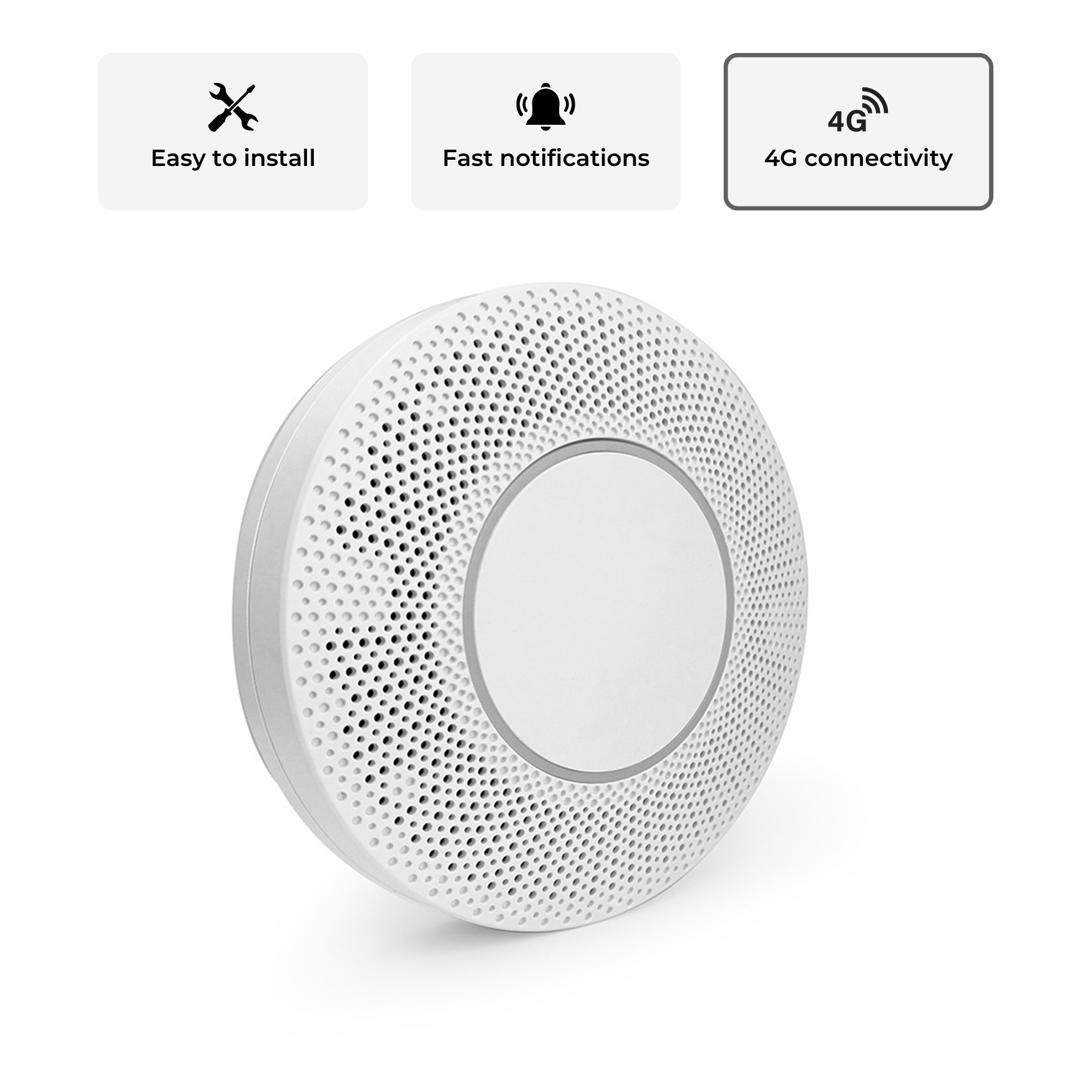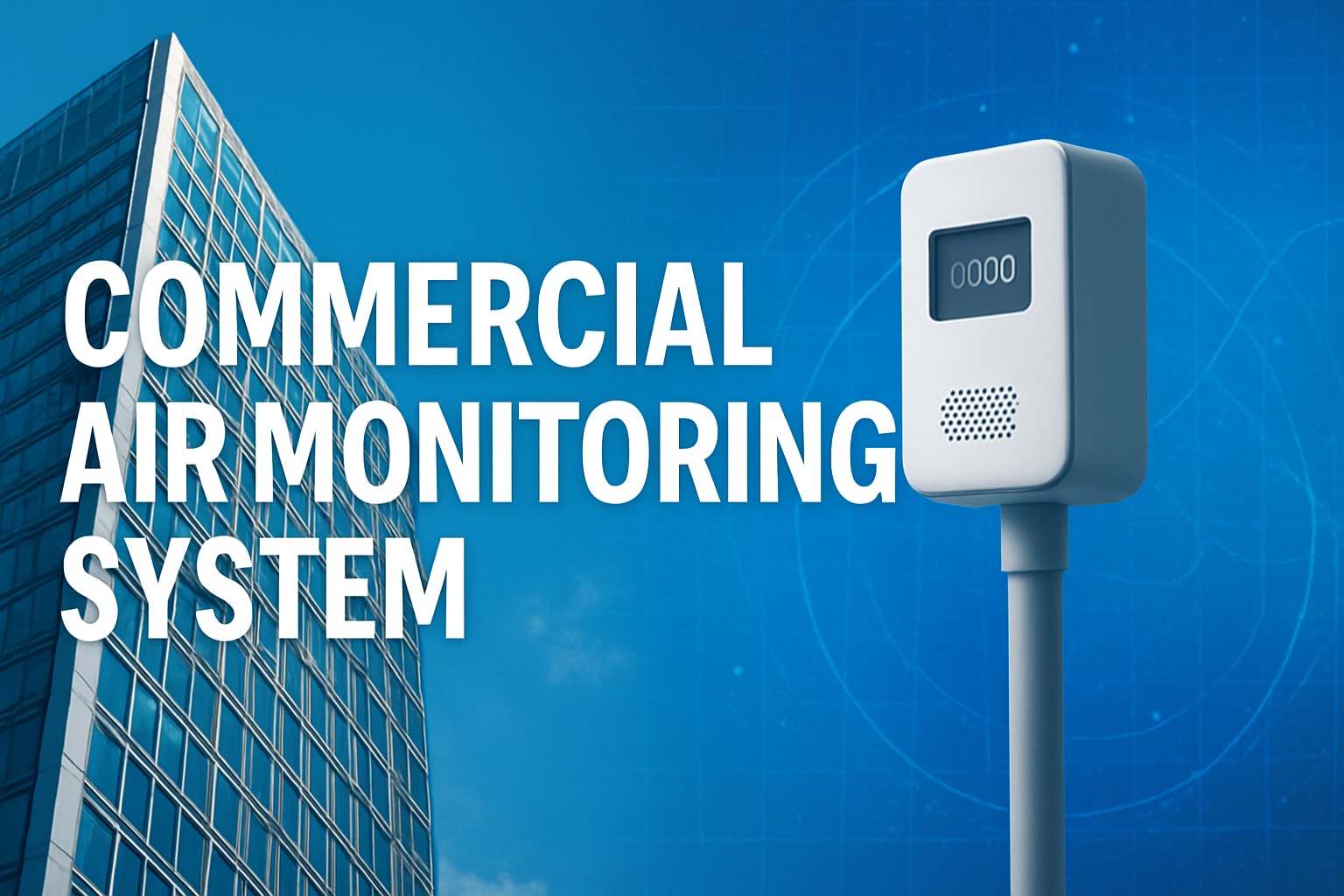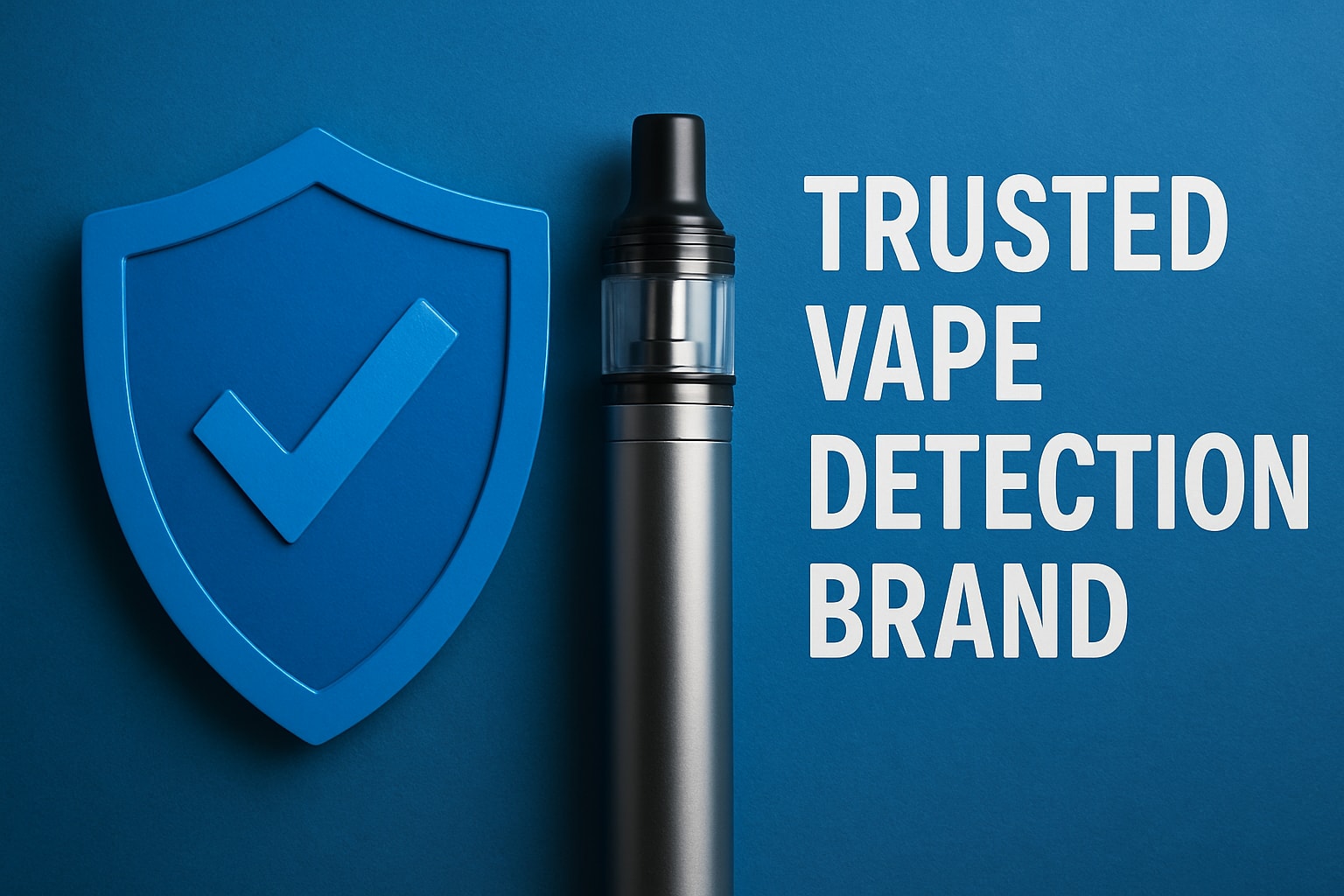Vaping has become an increasing concern in UK secondary schools, with many students experimenting with e-cigarettes, often unaware of the risks involved. Despite claims that vaping is a safer alternative to smoking, its impact on teenagers is troubling. From addiction to health risks and school disruptions, vaping poses significant dangers to young people.
The Rise of Vaping Among UK Teens
Recent studies indicate a sharp increase in vaping among UK teenagers. According to Action on Smoking and Health (ASH), around 20% of children aged 11-17 have tried vaping, a worrying trend that continues to grow. The appeal of sweet flavours, colourful packaging, and peer pressure has driven many young people to try e-cigarettes / vapes without fully understanding the consequences.
Health Risks of Vaping for Students
Although e-cigarettes are often marketed as a safer alternative to traditional smoking, they still pose health risks, especially for young users. The main dangers include:
1. Nicotine Addiction
Many vaping products contain nicotine, a highly addictive substance that can lead to dependency. The adolescent brain is particularly vulnerable, and early exposure to nicotine can make it more difficult for young people to quit later in life. Studies suggest that vaping may also act as a gateway to smoking cigarettes.
2. Lung Damage and Respiratory Issues
While vaping is less harmful than smoking, it is not harmless. Inhalation of e-cigarette aerosols can cause lung irritation, breathing difficulties, and long-term respiratory issues. Some studies have linked vaping to EVALI (E-cigarette or Vaping Use-Associated Lung Injury), a severe lung disease.
3. Impact on Mental Health
Nicotine affects mood, concentration, and mental well-being. Many students who vape report increased stress, anxiety, and difficulty focusing on schoolwork. This is particularly concerning for young people already facing academic pressures.
How Vaping Disrupts Schools
Vaping is not just a health issue; it also disrupts the school environment. Many schools across the UK have reported an increase in students vaping in toilets, classrooms, and playgrounds. This leads to:
-
Increased disciplinary actions, including suspensions.
-
The need for stricter school policies and anti-vaping campaigns.
-
Distracted learning environments where students focus on vaping rather than education.
The Role of the UK Government and Schools
To tackle the rise of vaping among students, the UK government has taken several measures, including:
-
Stricter regulations on vape marketing and packaging to prevent companies from targeting young people.
-
Banning disposable vapes to reduce youth access to cheap and appealing products.
-
School awareness campaigns educating students on the risks of vaping.
What Can Parents and Teachers Do?
Parents and teachers play a crucial role in preventing vaping among students. Here’s how they can help:
-
Educate children about the risks of vaping and the dangers of nicotine addiction. Learn how VapeGuardian can assist with this here.
-
Monitor changes in behaviour, such as mood swings or withdrawal symptoms.
-
Encourage open discussions about peer pressure and making healthier choices.
-
Support school policies that promote a vape-free environment.
- Vape sensors: Utilising VapeGuardians leading vape sensor technology to effectively identify vaping within school premises. Learn more
Summary
Vaping among high school students in the UK is a growing concern, with serious health risks and school disruptions. While regulations and education efforts are being strengthened, parents, teachers, and policymakers must work together to prevent further harm. By raising awareness and implementing stricter measures, we can help protect young people from the dangers of vaping and ensure a healthier future for the next generation.
One effective way to tackle this issue is through advanced detection technology. VapeGuardian, a leading vape sensor detection company, helps schools identify vaping activity in real time, ensuring swift intervention. By installing discreet sensors in key areas, schools can monitor and address vaping incidents, reinforcing a healthier and safer learning environment, find out how we currently help 100's of schools across the UK.











Share:
The Hidden Costs of Allowing Vaping in Retail and Leisure Spaces
The Hidden Health Risks of Vaping in Office Environments
1 comment
nice article, you can learn more about this here. https://ketamineoffers.com